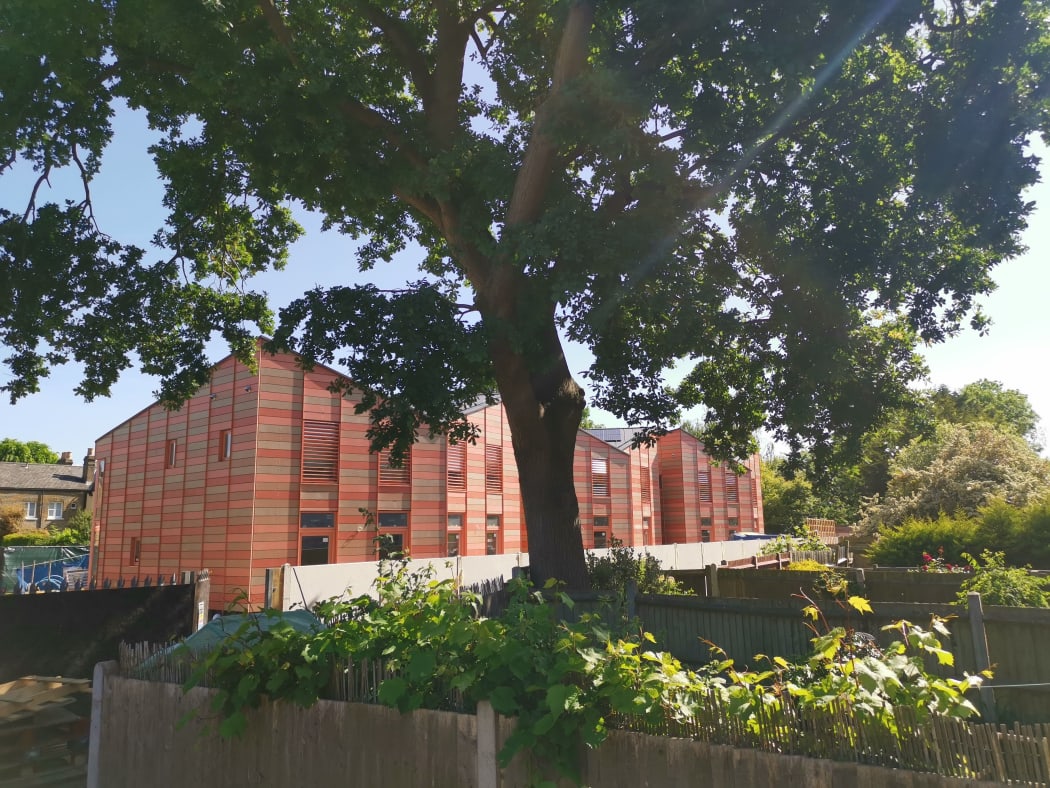
Although the government continue to drive ambitious housing targets, supply itself will not be sufficient in dealing with current demands. Increasingly, those targets will also need to address the twin issues of affordability and climate resilience. According to one estimate around 340,00 new homes need to be supplied in England each year of which 145,000 new to be affordable.
Housing provides basic human needs - shelter, warmth, light, safety, running water and sanitary provisions. But we should also take this opportunity of significant investment in new housing across the nation to rethink what we want from our housing and ensure that it’s designed in from the beginning. With UK residents facing a winter of extraordinary fuel bills, it is essential that all new homes should be ‘high performance’, affordable in the long term through operational and maintenance costs. We know that access to community, nature and comfort are vital too. Studies show that a healthy home promotes good physical and mental health. Decent housing can be life-saving not just life enhancing, and if it supports and nurtures communities can be transformative for the quality of life. This might also be the moment to be more adventurous about the types of housing we build. Traditionally, new build housing typologies are still largely flats or houses, with very little offered in the way of alternative models that might accommodate different, or more inclusive ways of living.
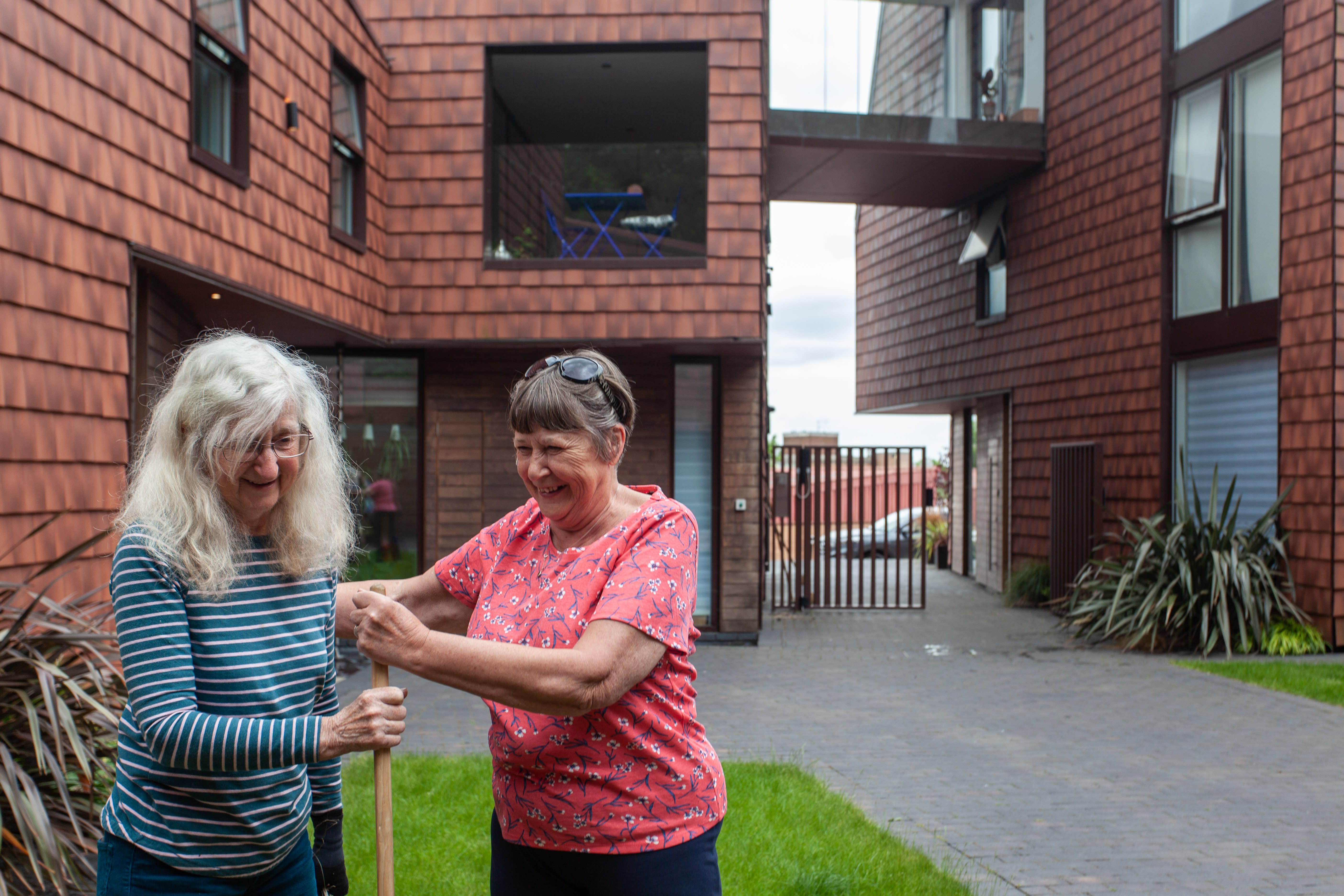
[sharing the chores in the shared garden]
“small sites have a huge potential to deliver not just the numbers but the opportunities for better, more innovative housing”
At Stolon Studio we believe small sites have a huge potential to deliver not just the numbers but the opportunities for better, more innovative housing. Densification of outer London suburbs has been identified as a major potential contributor to housing provision. It is estimated that 12,000 homes could be delivered through small sites. In 2018, on behalf of RB Greenwich we assessed there to be the capacity for more than 500+homes on 40 small sites throughout the borough. By adding to the existing fabric of the city, new homes on such sites have the potential to patch in to existing communities, creating opportunities to green and refresh our cities.
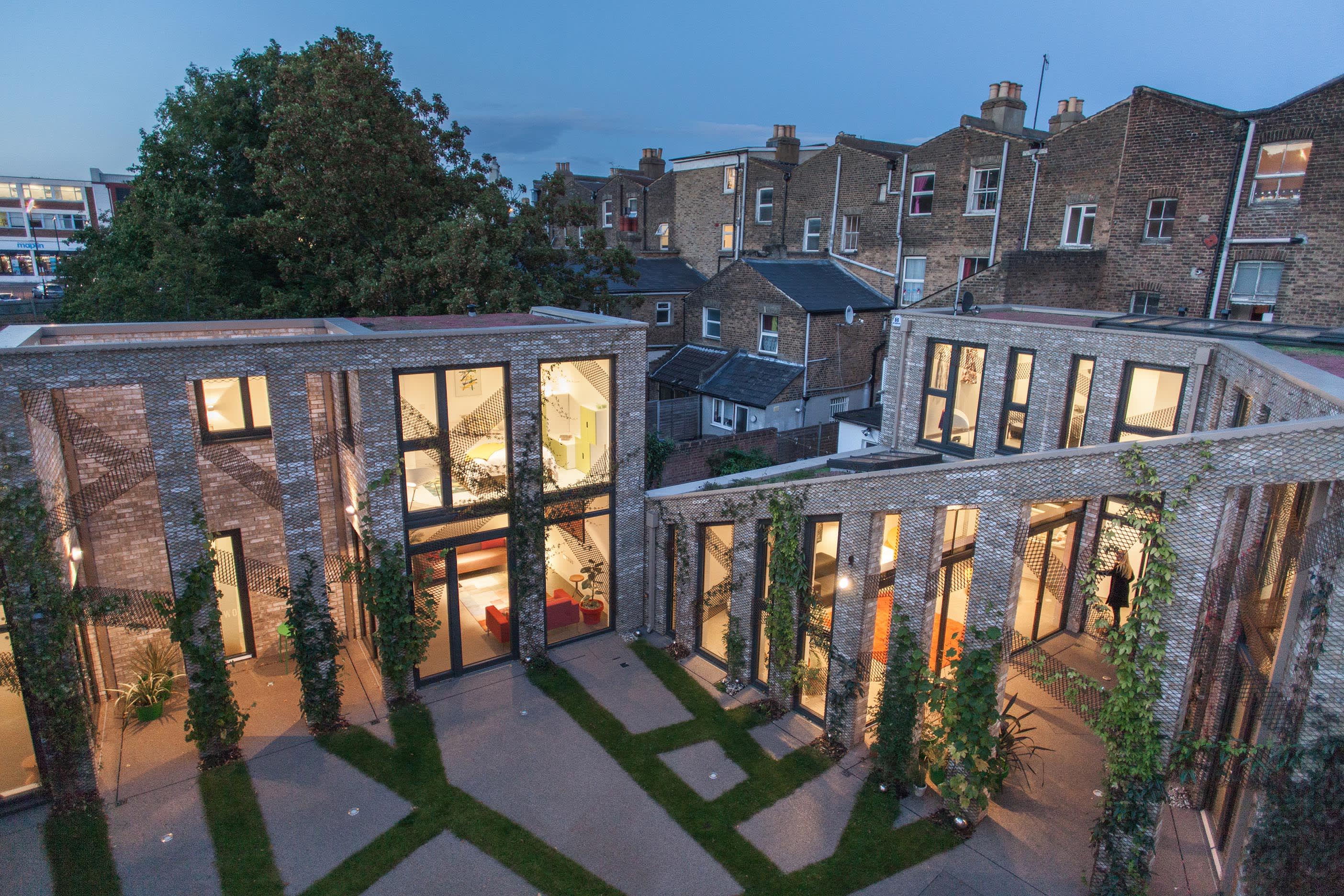
[forest mews - new insertion is woven into the context]
Due to their complex and individual nature, small sites don’t necessarily lend themselves to standard developer models for housing - a block of flats or a row of terraced houses, or semi’s seldom work on an awkward triangular site. But those site constraints can be the key to the evolution of more ingenious typologies. By being inventive with shared space and amenities, it is possible to increase density whilst maintaining space standards, an approach which can also enhance community and brings social resilience. Such schemes are not reserved for the small developer alone, as schemes such as our 105 unit development at Hampton Quay demonstrate.
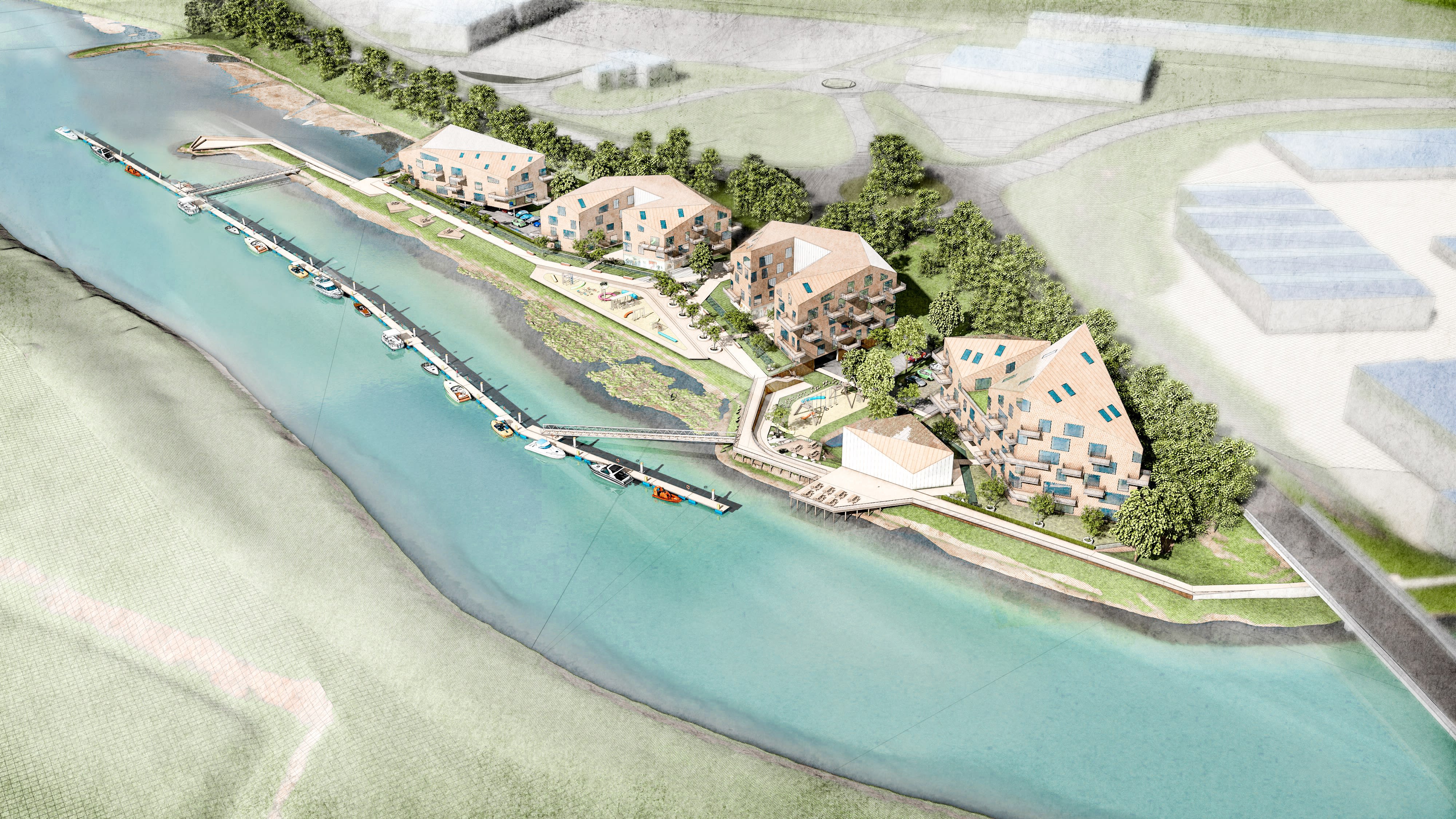 [innovation on small sites offers a scalable solution]
[innovation on small sites offers a scalable solution]Whilst the need to supply housing is ever urgent, the current market uncertainty is not helping matters, with rising construction costs and interest rates affecting delivery. There are many financial barriers to delivery including development and construction costs.
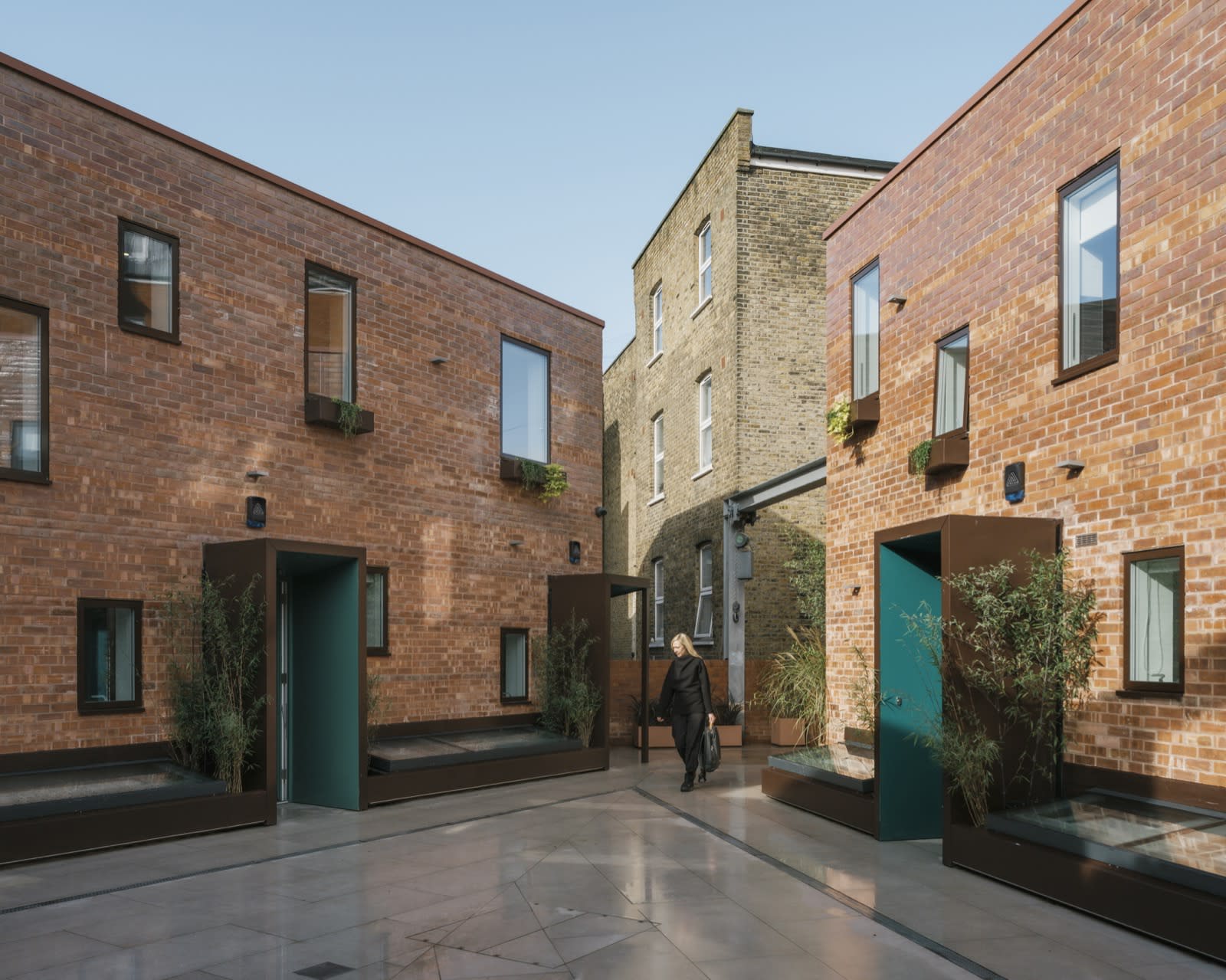
[Penrose Mews - small site, but complex]
Although small sites have a great deal to offer by way of solutions, many developers can be put off by the perceived difficulty of working on complex sites. Whilst Government policy supports the identification and development of small sites there is much more that can be done to bring them forward, underpin their financial viability and make them more attractive to developers.
Introducing financial mechanisms such as phased CIL payments for example would help incentivise new or innovative typologies which have the potential to build-in long term social, economic and environmental resilience.